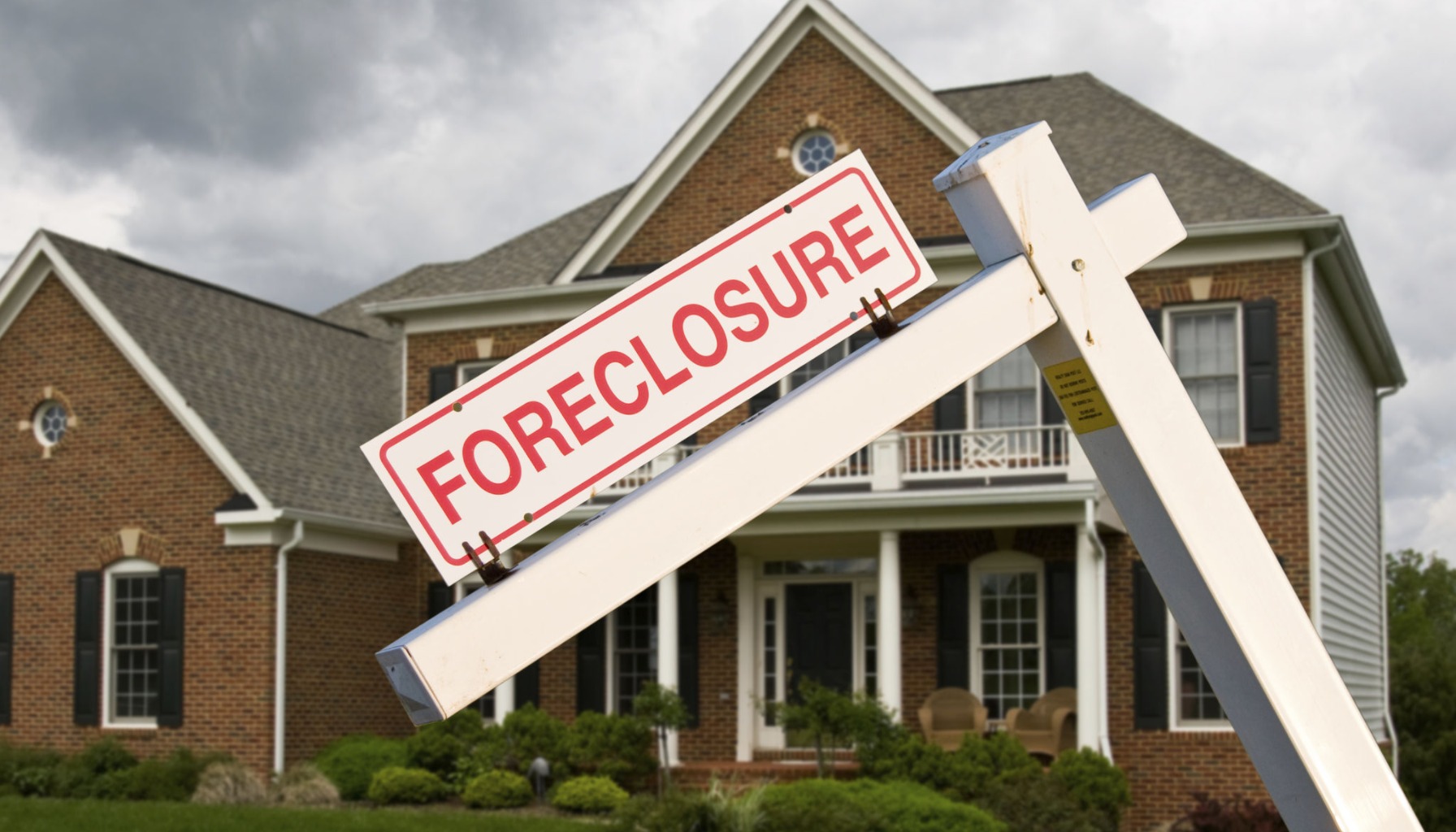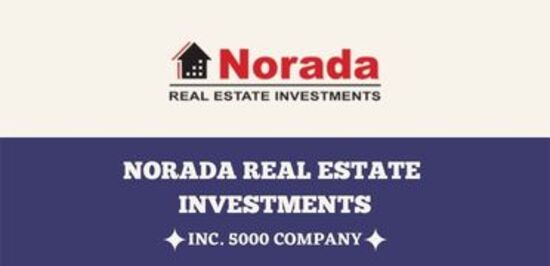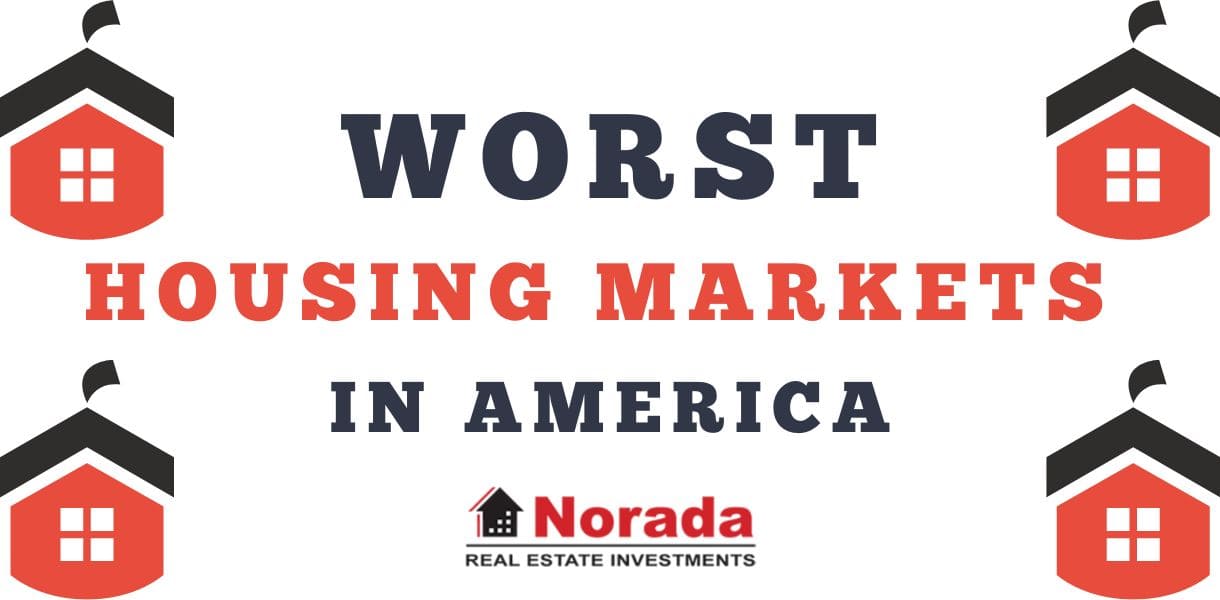Are you picturing that eerie, deserted house down the street? Sadly, it might just be a “zombie foreclosure.” In Q3 2025, the housing markets with the highest zombie foreclosure rates, according to ATTOM Data Solutions, are Wichita, KS (12.7%), Peoria, IL (12.3%), and Youngstown, OH (10.1%). These are the metropolitan areas where you're most likely to find properties abandoned by their owners during the foreclosure process. Let's delve deeper into this concerning trend and what it means for homeowners and communities.
Housing Markets With the Highest Zombie Foreclosure Rates – Q3 2025
Understanding Zombie Foreclosures
“Zombie foreclosure” is a spooky term, but it paints a very real, and often tragic, picture. It refers to a property where the homeowner has moved out after receiving a foreclosure notice, assuming the bank is going to take over. But sometimes, the foreclosure process stalls, leaving the property in a legal limbo. The homeowner is still technically responsible, but they've already moved on. The bank isn't maintaining the property, and it falls into disrepair. It's a lose-lose situation for everyone involved, especially the surrounding community.
ATTOM's Q3 2025 Report: Numbers Don't Lie
ATTOM Data Solutions, a leading source for real estate and property data, recently released its Q3 2025 Vacant Property and Zombie Foreclosure Report. The report reveals some unsettling trends. Out of roughly 1.4 million vacant U.S. residential properties, a significant number are in the foreclosure process.
Here are some key takeaways from the report:
- Out of 222,318 U.S. properties in foreclosure, 3.38% (7,519) were categorized as zombie foreclosures in Q3 2025.
- The number of zombie properties increased from 3.30% in the previous quarter and 3.14% from the same quarter last year, indicating a slowly increasing trend.
- Nearly 1.3% of all homes in the U.S. sit vacant.
- Zombie property counts experienced quarterly increases in 23 states.
While the overall percentage of zombie foreclosures might seem small, the impact on individual communities can be substantial. A single neglected property can drag down neighborhood property values, attract crime, and create a general sense of blight.
The Top 10: Metro Areas with the Highest Zombie Foreclosure Rates
So, where are these “zombie” homes concentrated? According to ATTOM's data, these are the top 10 metropolitan areas (with at least 100,000 residential properties and 100 properties in foreclosure) with the highest percentage of vacant foreclosures:
| Rank | Metro Area | State | Zombie Foreclosure Rate |
|---|---|---|---|
| 1 | Wichita | KS | 12.7% |
| 2 | Peoria | IL | 12.3% |
| 3 | Youngstown | OH | 10.1% |
| 4 | Cleveland | OH | 9.5% |
| 5 | Toledo | OH | 8.8% |
| 6 | Indianapolis | IN | 8.6% |
| 7 | St. Louis | MO | 7.9% |
| 8 | Davenport | IA | 7.3% |
| 9 | Fort Wayne | IN | 7.3% |
| 10 | Pittsburgh | PA | 7.2% |
It's interesting to see a concentration in the Midwest and Rust Belt. Several Ohio cities made the list. This might reflect the economic challenges these areas have faced in recent years, potentially leading to higher foreclosure rates and abandonment.
Why Are Zombie Foreclosures on the Rise?
While the housing market has been relatively strong in recent years, several factors can contribute to the zombie foreclosure phenomenon:
- Lengthy Foreclosure Processes: In some states, the legal process of foreclosing on a property can be incredibly slow. This delay gives homeowners time to move out, leaving the property vacant.
- Mortage Servicer Delays: Sometimes, the mortgage servicing company (the company that manages the loan) may delay or even abandon the foreclosure process due to legal issues, financial constraints, or simply administrative errors.
- Economic Hardship and Job Loss: Unexpected job loss or other financial difficulties can force homeowners into foreclosure, and the lengthy process leaves the house empty for an extended amount of time.
- Legal Challenges: Banks might encounter legal challenges during foreclosure, pausing the process and creating a zombie property situation.
- Low Home Equity: Homeowners with little or negative equity may be more likely to walk away from a property in foreclosure, particularly if repairs are needed.
The Impact on Communities
As I mentioned earlier, zombie foreclosures hurt more than just the homeowner. They diminish neighborhood property values, pose safety risks, and place a burden on local governments to maintain or secure abandoned properties. Increased vandalism, crime, and lowered community morale are all potential consequences.
What Can Be Done?
Addressing the zombie foreclosure problem requires a multi-pronged approach:
- Streamlining the Foreclosure Process: While protecting homeowner rights is crucial, streamlining the foreclosure process in some states can help reduce the time it takes to resolve these situations.
- Mortgage Servicer Accountability: Holding mortgage servicers accountable for maintaining properties in foreclosure is essential. Stronger regulations and enforcement can prevent properties from falling into disrepair.
- Community Involvement: Local community groups can play a vital role in identifying and reporting vacant properties. They can also work with local governments to implement strategies for revitalizing neighborhoods affected by zombie foreclosures.
- Targeted Assistance for Homeowners: Providing resources and support to homeowners facing financial hardship, such as foreclosure counseling and mortgage modification programs, can help them stay in their homes and avoid foreclosure.
Looking Ahead
The increase in zombie properties, although modest, and high vacancy rates are worth watching. As economic conditions evolve, and as foreclosure moratoriums end, we may see further fluctuation in these figures. For me, it's all about staying informed, advocating for responsible lending practices, and supporting community-based solutions to address the challenges posed by vacant and abandoned properties.
Read More:
- US Foreclosure Activity Drops by 10% in 2024: A Sign of Stability?
- New Jersey Stands Out With Highest Foreclosure Rate Last Month
- Is the Housing Market Recovering? A Look at Recent Trends
- US Housing Market Sees Worst Year for Sales Since 1995
- Nearly 100,000 U.S. Properties Faced Foreclosure Filings in Q1 2024





